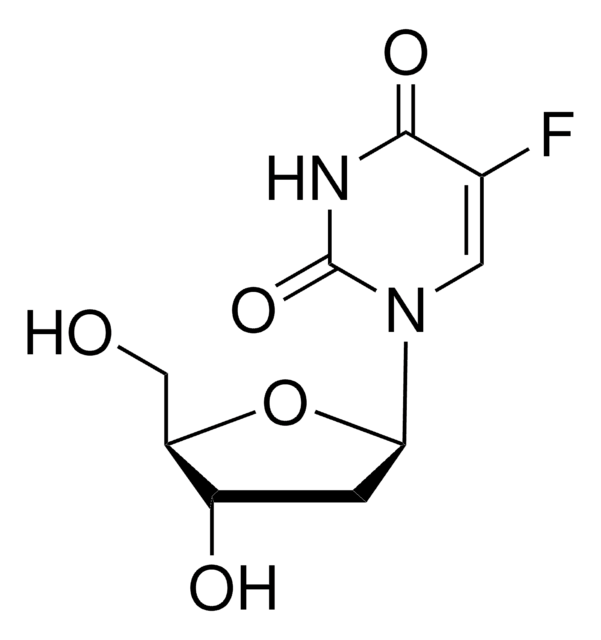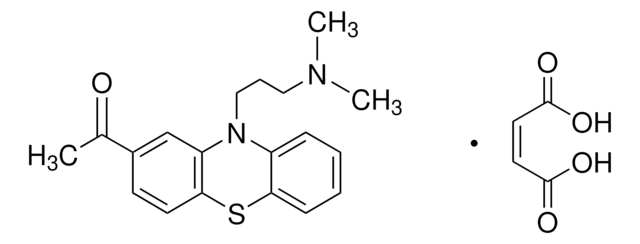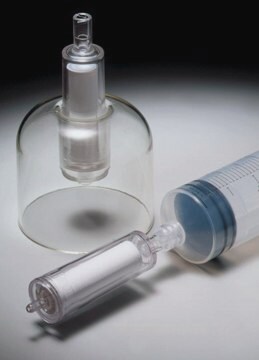13-1930
Hydroquinone
JIS special grade, ≥99.0%
Sinonimo/i:
1,4-Benzenediol, 1,4-Dihydroxybenzene, HQ
About This Item
Prodotti consigliati
Grado
JIS special grade
Densità del vapore
3.81 (vs air)
Tensione di vapore
1 mmHg ( 132 °C)
Saggio
≥99.0%
Forma fisica
crystalline
Temp. autoaccensione
930 °F
Disponibilità
available only in Japan
pH
3.7 (70 g/L)
P. eboll.
285 °C (lit.)
Punto di fusione
172-175 °C (lit.)
Solubilità
water: soluble 50 g/L
Stringa SMILE
Oc1ccc(O)cc1
InChI
1S/C6H6O2/c7-5-1-2-6(8)4-3-5/h1-4,7-8H
QIGBRXMKCJKVMJ-UHFFFAOYSA-N
Cerchi prodotti simili? Visita Guida al confronto tra prodotti
Avvertenze
Danger
Indicazioni di pericolo
Consigli di prudenza
Classi di pericolo
Acute Tox. 4 Oral - Aquatic Acute 1 - Aquatic Chronic 1 - Carc. 2 - Eye Dam. 1 - Muta. 2 - Skin Sens. 1B
Codice della classe di stoccaggio
11 - Combustible Solids
Classe di pericolosità dell'acqua (WGK)
WGK 3
Punto d’infiammabilità (°F)
329.0 °F - closed cup
Punto d’infiammabilità (°C)
165 °C - closed cup
Dispositivi di protezione individuale
Eyeshields, Faceshields, Gloves, type P3 (EN 143) respirator cartridges
Certificati d'analisi (COA)
Cerca il Certificati d'analisi (COA) digitando il numero di lotto/batch corrispondente. I numeri di lotto o di batch sono stampati sull'etichetta dei prodotti dopo la parola ‘Lotto’ o ‘Batch’.
Possiedi già questo prodotto?
I documenti relativi ai prodotti acquistati recentemente sono disponibili nell’Archivio dei documenti.
Il team dei nostri ricercatori vanta grande esperienza in tutte le aree della ricerca quali Life Science, scienza dei materiali, sintesi chimica, cromatografia, discipline analitiche, ecc..
Contatta l'Assistenza Tecnica.









